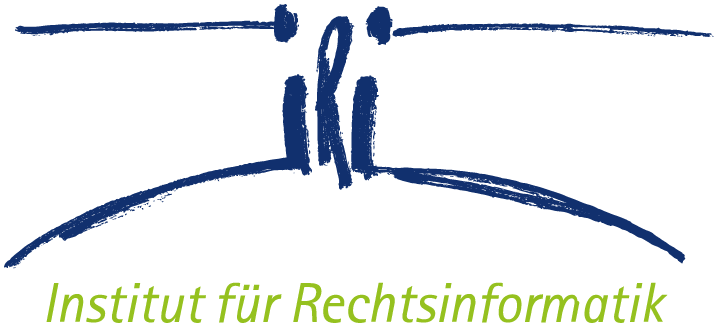CARISMAND - Culture And RISkmanagement in Man-made And Natural Disasters
| Leitung: | Prof. Dr. Nikolaus Forgó |
| Team: | Christian Hawellek, Iheanyi Samuel Nwankwo, LL.M., Dipl.-Jur., Dipl.-Verw. (FH) Kai Wendt |
| Jahr: | 2015 |
| Förderung: | EU-Kommission |
| Laufzeit: | 10/2015 - 09/2018 |
| Ist abgeschlossen: | ja |
| Weitere Informationen | www.carismand.eu/ |
As risks are not “objective” but socially and culturally constructed, disaster management which is aware, respects,and makes use of local cultural aspects will be not only more effective but, at the same time, also improve the community’s disaster coping capacities. CARISMAND is setting out to identify these factors, to explore existing gaps and opportunities for improvement of disaster policies and procedures, and to develop a comprehensive toolkit which will allow professional as well as voluntary disaster managers to adopt culturally-aware everyday practices. This goal will be achieved by approaching the links, and gaps, between disaster management, culture and risk perception from the broadest possible multi-disciplinary perspective and, simultaneously, developing a feedback-loop between disaster management stakeholders and citizens to establish, test, and refine proposed solutions for culturally-informed best practices in disaster management. Whilst experts from a variety of fields (in particular legal, IT, cognitive science, anthropology, psychology, sociology) will undertake a comprehensive collation of existing knowledge and structures, a number of Citizen Summits and Stakeholder Assemblies will be organised. Systematically, CARISMAND will use an approach that examines natural, man-made and technical disasters, placing at the centre of attention specific aspects that affect culturally informed risk perceptions, eg whether disasters are caused intentionally or not, the different “visibility” of hazards, and various time scales of disasters such as slow/fast onset and short- and long-term effects. By organising six Citizen Summits (two per disaster category per year in two separate locations) where such disaster risks are prevalent , and three Stakeholder Assemblies (one per year) where the results are discussed through a wide crosssectional knowledge transfer between disaster managers from different locations as well as from different cultural backgrounds.
